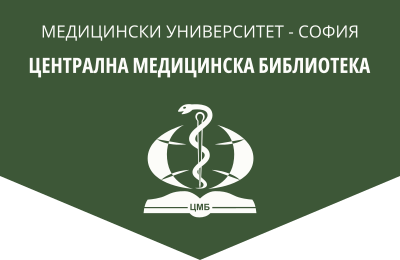Fibrin glue in ophthalmology
Bulgarian Medical Journal, 2024, 18(3), 10-16.
G. Balchev, S. Murgova
Department of Ophthalmology, Medical University – Pleven
Abstract. Attempts to treat wounds date back to ancient times. About 4000 years ago, the application of adhesives from plants – resins, gum, which aim to “glue” the wound, began. Fibrin glue entered ophthalmology after 1950. It mimics the last phase of the physiological blood clotting process. It consists of two components – one is fibrinogen with factor XIII, and the other is thrombin. When they mix, fibrinogen is converted into fibrin by degradation to fibrin monomers and fibrinopeptides. The monomers stick together and form the fibrin clot. The clot is resorbed by the fibrinolytic enzyme plasmin after a few days to a week. This allows fibrin glue to be widely used in ophthalmology to close conjunctival and corneal wounds, in strabismus surgery, eye traumatology, etc.
Key words: fibrin glue, pterygium, cornea, corneal perforation
Address for correspondence: Georgi Yordanov Balchev, MD, PhD, e-mail: georgi@balchev.org
